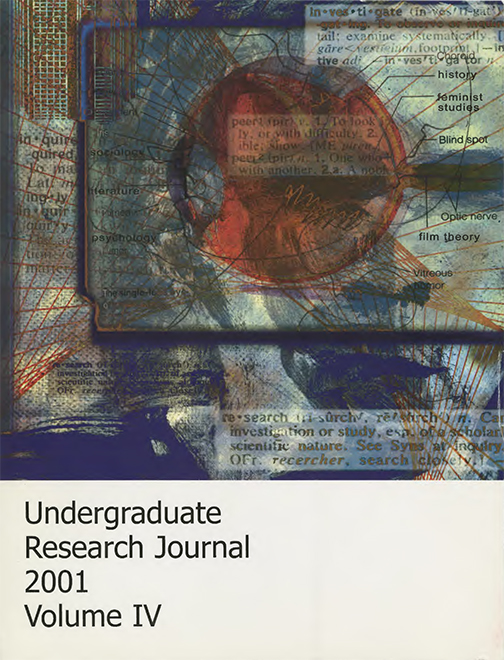INCREASING STUDENTS' EFFICACY THROUGH THE MULTIPLE INTELLIGENCES: PROMOTING DIVERSITY IN THE CLASSROOM
Main Article Content
Abstract
What do people mean when they use the word "intelligence?" Does the definition have to do with how "smart"
someone is, or does it imply how one fits a particular concept of "smart?" According to Howard Gardner of
Harvard University's Project Zero, intelligence is defined by the ability to:
• Solve problems that one encounters in real life
• Generate new problems to solve
• Make something or offer a service that is valued within one's culture.
(Campbell 1998)
What can be done to implement the usage of multiple intelligences into the classroom? What does this
definition of "intelligence" mean to educators and students? By modifying current curricula through the
implementation of the multiple intelligences, it is this researcher's argument that educators will see an increase
in their students' performance and desire to learn. Thus, by integrating multiple intelligences an educator is
potentially opening a world of possibilities to diverse learners and empowering their sense of responsibility
and efficacy as learners. This paper suggests a relationship between multiple intelligences and self-efficacy
and proposes that this dynamic relationship has implications for-social justice.
